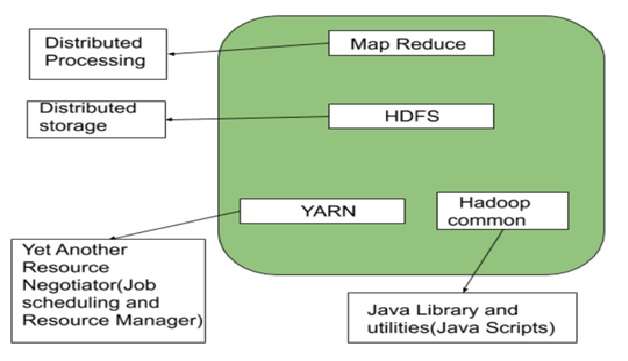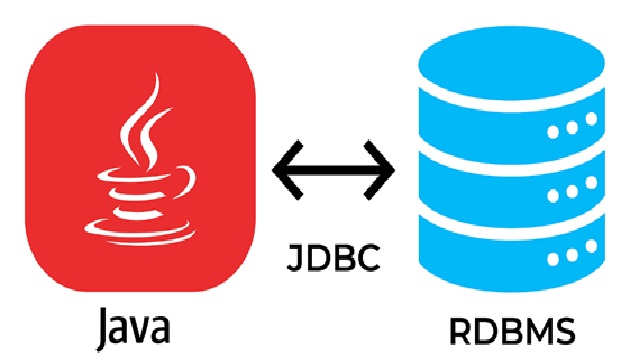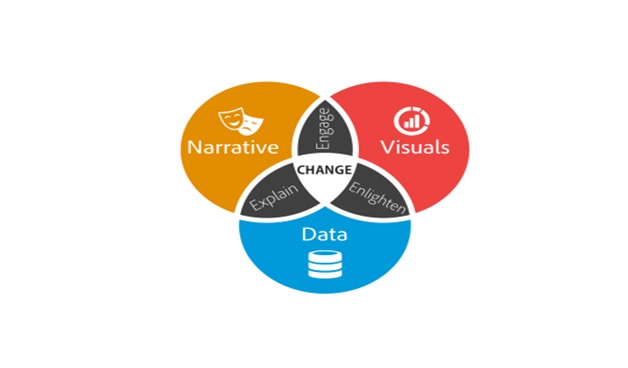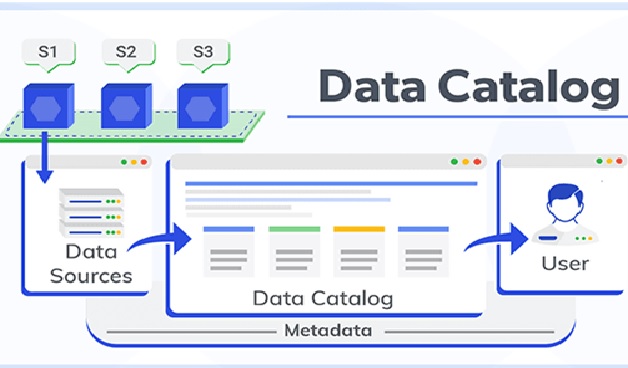Data Modeling
Data modeling is the process of creating a visual representation of either a whole information system or parts of it to communicate connections between data points and structures. The goal is to illustrate the types of data used and stored within the system, the relationships among these data types, the ways the data can be grouped and organized and its formats and attributes.[1]

Figure.1.Data Modeling
Data can be modeled at various levels of abstraction. The process begins by collecting information about business requirements from stakeholders and end users. These business rules are then translated into data structures to formulate a concrete database design. A data model can be compared to a roadmap, an architect’s blueprint or any formal diagram that facilitates a deeper understanding of what is being designed [1].
Types of data models
Data modelers use three types of models to separately represent business concepts and workflows, relevant data entities and their attributes and relationships, and technical structures for managing the data.
- Conceptual data model.This is a high-level visualization of the business or analytics processes that a system will support. It maps out the kinds of data that are needed, how different business entities interrelate and associated business rules. Business executives are the main audience for conceptual data models, to help them see how a system will work and ensure that it meets business needs. Conceptual models aren't tied to specific database or application technologies.
- Logical data model. Once a conceptual data model is finished, it can be used to create a less-abstract logical one. Logical data models show how data entities are related and describe the data from a technical perspective. For example, they define data structures and provide details on attributes, keys, data types and other characteristics.
- Physical data model.A logical model serves as the basis for the creation of a physical data model. Physical models are specific to the database management system (DBMS) or application software that will be implemented. They define the structures that the database or a file system will use to store and manage the data. That includes tables, columns, fields, indexes, constraints, triggers and other DBMS elements.[2]
Importance of Data Modeling
- It means better documentation of data sources, higher quality and clearer scope of data use with faster performance and few errors.
- From the regulatory compliance view, data modeling ensures that an organization adheres to governmental laws and applicable industry regulations.
- It empowers employees to make data-driven decisions and strategies.
- It builds on business intelligence as it allows the identification of new opportunities by expanding data capability[3]
References:
- https://www.ibm.com/cloud/learn/data-modeling
- https://www.techtarget.com/searchdatamanagement/definition/data-modeling
- https://www.simplilearn.com/what-is-data-modeling-article
Cite this article:
Sindhu.C (2022), Data Modeling, AnaTechMaz, pp. 42















